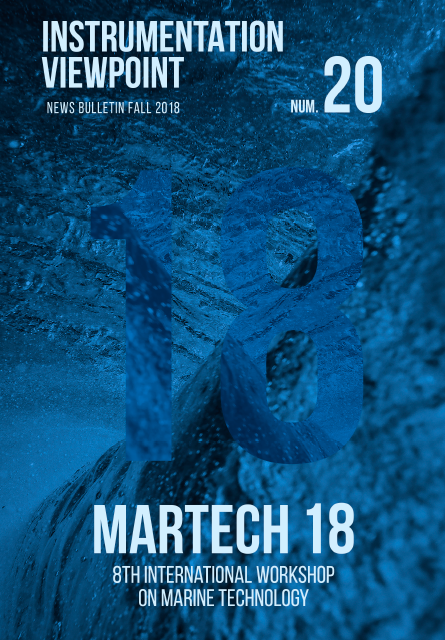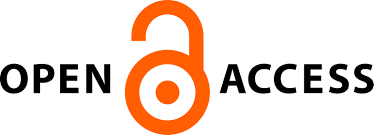Deep sea spy: a collaborative annotation tool
Abstract
Since 2010, remote hydrothermal ecosystems are continuously being monitored using video cameras deployed on instrumented platforms. The acquisition of high-frequency video data from deep-sea observatories like EMSOAzores or Ocean Networks Canada provide information on species behaviour, feeding habits, growth, reproduction and organisms’ response to changes in environmental conditions. Video cameras acquire hourly data representing thousands of hours and Tera Bytes of footage but their manual processing is time-consuming and highly labour-intensive, and cannot be comprehensively undertaken by individual researchers. In order to help preliminary manual assessment of this huge imagery archive, a free online annotation tool was developed to gather contributions from a wider community. The Deep Sea Spy system offers a fun and engaging web interface to members of the public to help perform initial footage annotations. The platform now hosts 623 active annotators who contributed 179,663 annotations to 19,541 images. Preliminary analyses highlight a high variability among participants but show promising results to detect trends in species abundance variation over time. Ultimately, the information gathered via this approach can help improving the algorithms necessary to produce accurate automated detection in imagery using a machine learning approach.Downloads
Issue
Section
License
Universitat Politècnica de Catalunya has joined the Berlin Declaration on Open Access to Knowledge in the Sciences and Humanities. This declaration proposes the universal acces to the results of scientific and technical research.
All papers presented at Martech will be published in both the UPCommons and the Martech organization web sites, the former being the institutional digital deposit of Universitat Politècnica de Catalunya (https://upcommons.upc.edu). This difussion will be made through the Creative Commons License Attribution-NonCommercial-NoDerivs 2.5 or similar (http://creativecommons.org/licenses/by-nc-nd/2.5/deed.en).
When sending the final paper, the author must agree to the conference having non-exclusive rights on this operation. The author will maintain his/her right to diffuse the paper elsewhere.







